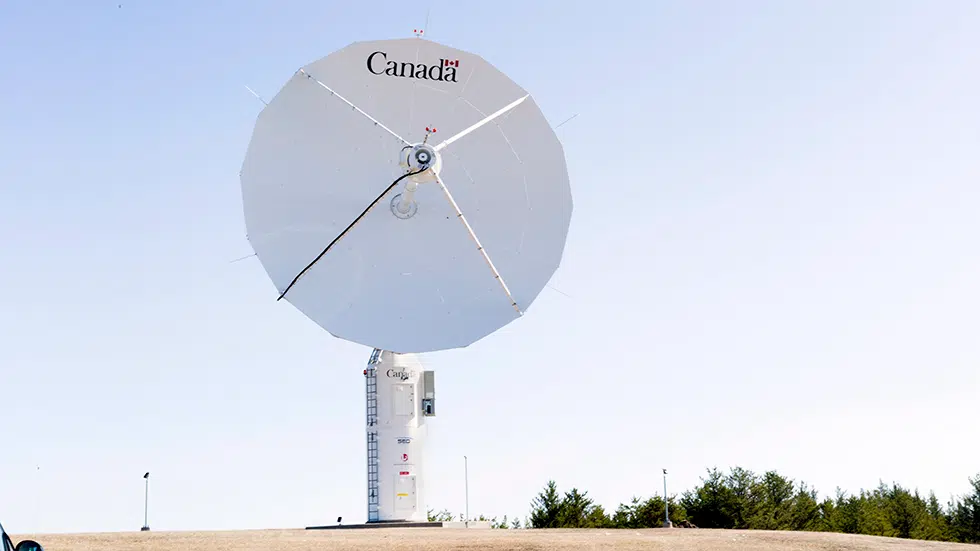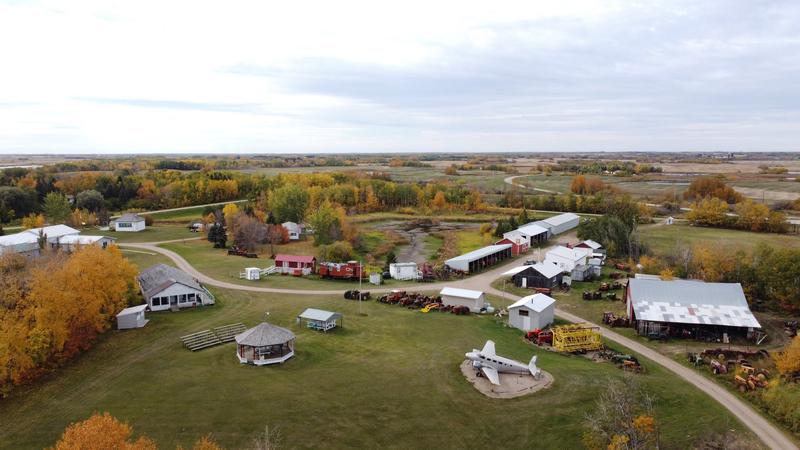
Prince Albert Satellite Station benefits global efforts
While many different industries have historically operated in Prince Albert, very few operate on the same scale as the satellite station west of the city.
Established in the late 1950s and repurposed in 1971, the Prince Albert Satellite Station has undergone several facelifts over the years to adapt to rapidly-advancing technology. The station’s antennae collect information from a number of satellites passing overhead, which work as part of a global network collecting data for stakeholders or governments for different purposes.
“We can see oil spills in the ocean, we can see crop health, we can see forest fires, we can see damage from forest fires.” Station Manager Kevin Adams said.
For example, Adams said Environment Canada has collected information gathered by satellites passing through the northern portions of North America to create ice floe maps. The same department used imagery to study the impacts of climate change.


